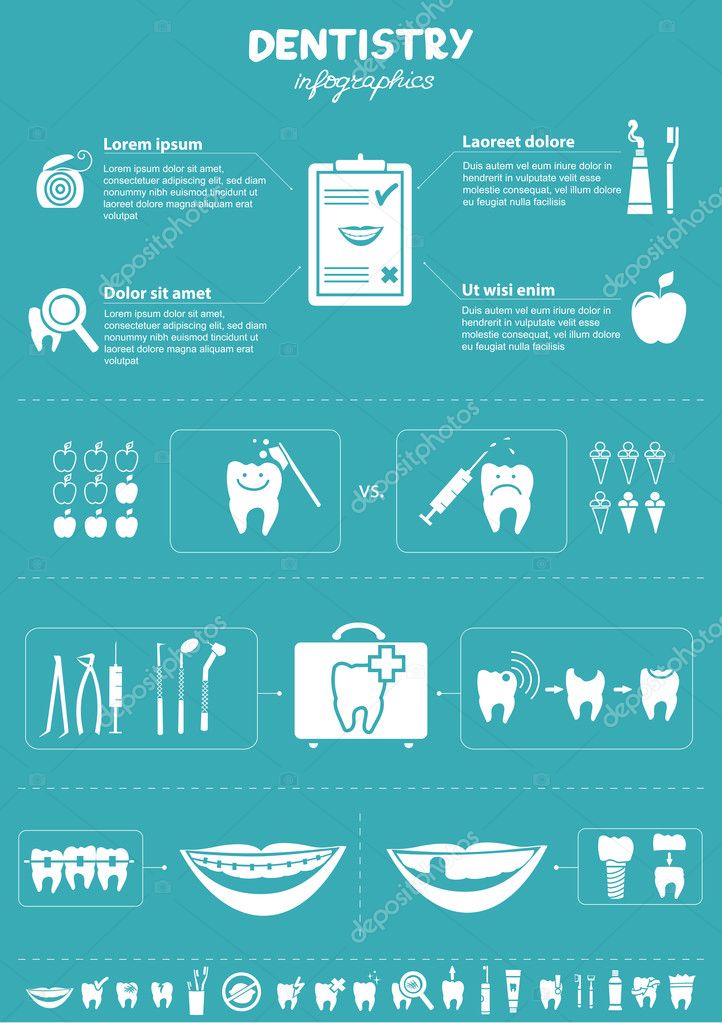The Progression Of Oral Surgery: Cutting-Edge Innovations And Advancements Affecting The Area
The Progression Of Oral Surgery: Cutting-Edge Innovations And Advancements Affecting The Area
Blog Article
Post By-Kokholm Hessellund
Invite to the globe of dental surgery, where advancements and advancements are forming the future of the field! In this amazing realm, you'll witness the transformative power of robotics, the advanced marvel of 3D printing, and the game-changing effect of minimally intrusive strategies.
The future of dental surgery holds a pledge of precision, effectiveness, and boosted patient results. With the help of sophisticated robotics, specialists are able to perform complicated procedures with greater accuracy and control.
3D printing innovation is revolutionizing the development of oral implants and prosthetics, providing personalized solutions that fit flawlessly into each patient's one-of-a-kind anatomy.
In addition, minimally invasive strategies are minimizing post-operative discomfort and healing time, enabling patients to go back to their day-to-days live faster.
Get ready to explore the exciting technologies and breakthroughs that are reshaping the landscape of oral surgery!
Developments in Robotics
One significant innovation in oral surgery is the use of robotic technology, which enables accurate and reliable surgeries. With the help of robotic systems, dental cosmetic surgeons have the capacity to perform intricate surgical treatments with enhanced accuracy, minimizing the danger of human mistake.
These robot systems are outfitted with advanced imaging modern technology and specific instruments that allow specialists to navigate with complex physiological structures easily. By using robotic modern technology, doctors can attain higher surgical accuracy, resulting in improved patient end results and faster recuperation times.
Additionally, the use of robotics in oral surgery allows for minimally invasive treatments, decreasing the injury to bordering tissues and advertising faster recovery.
3D Printing in Oral Surgery
To improve the area of dental surgery, you can discover the subtopic of 3D printing in dental surgery. This ingenious modern technology has the prospective to reinvent the method oral surgeons run and deal with people. Here are four crucial ways in which 3D printing is shaping the area:
- ** Custom-made Surgical Guides **: 3D printing permits the creation of very accurate and patient-specific medical overviews, boosting the precision and performance of treatments.
- ** Implant Prosthetics **: With 3D printing, dental specialists can produce personalized dental implant prosthetics that perfectly fit a patient's distinct composition, resulting in far better outcomes and person satisfaction.
- ** Bone Grafting **: 3D printing allows the production of patient-specific bone grafts, minimizing the need for conventional grafting methods and improving healing and healing time.
- ** comprehensive treatment for periodontal disease austin and Educating **: 3D printing can be used to create sensible medical versions for academic purposes, allowing oral doctors to practice complex treatments prior to performing them on people.
With its prospective to boost precision, personalization, and training, 3D printing is an amazing development in the field of oral surgery.
Minimally Invasive Methods
To additionally progress the area of oral surgery, embrace the possibility of minimally intrusive strategies that can considerably profit both specialists and clients alike.
Minimally intrusive strategies are transforming the area by decreasing surgical injury, lessening post-operative pain, and accelerating the recuperation process. https://www.healthshots.com/brand-posts/exploring-the-life-changing-benefits-of-dental-implants-in-turkey/ include making use of smaller incisions and specialized tools to do treatments with precision and effectiveness.
By making use of innovative imaging innovation, such as cone beam of light computed tomography (CBCT), specialists can precisely prepare and perform surgical treatments with marginal invasiveness.
In addition, using lasers in dental surgery permits specific tissue cutting and coagulation, leading to decreased bleeding and decreased recovery time.
With minimally invasive methods, individuals can experience faster recuperation, minimized scarring, and improved end results, making it a necessary element of the future of oral surgery.
Conclusion
So, as you can see, the future of dental surgery is incredibly appealing, with amazing developments and developments shaping the area.
From the developments in robotics to the use of 3D printing and minimally intrusive methods, dental cosmetic surgeons are revolutionizing the way they offer care.
While some may stress over the possible cost connected with these advancements, it is necessary to remember that these technologies eventually enhance client outcomes and lower recuperation time, making them well worth the investment in the future.
